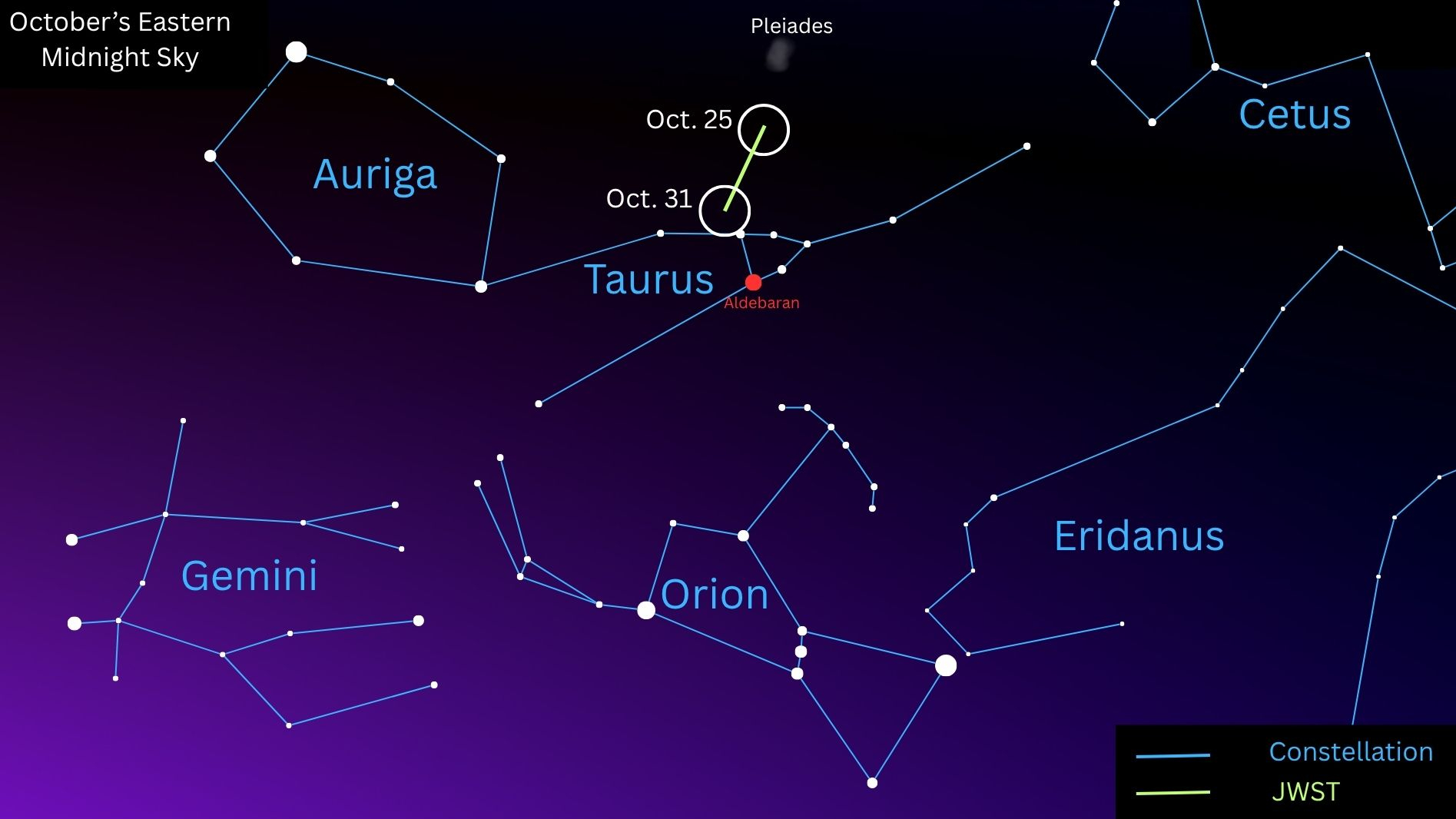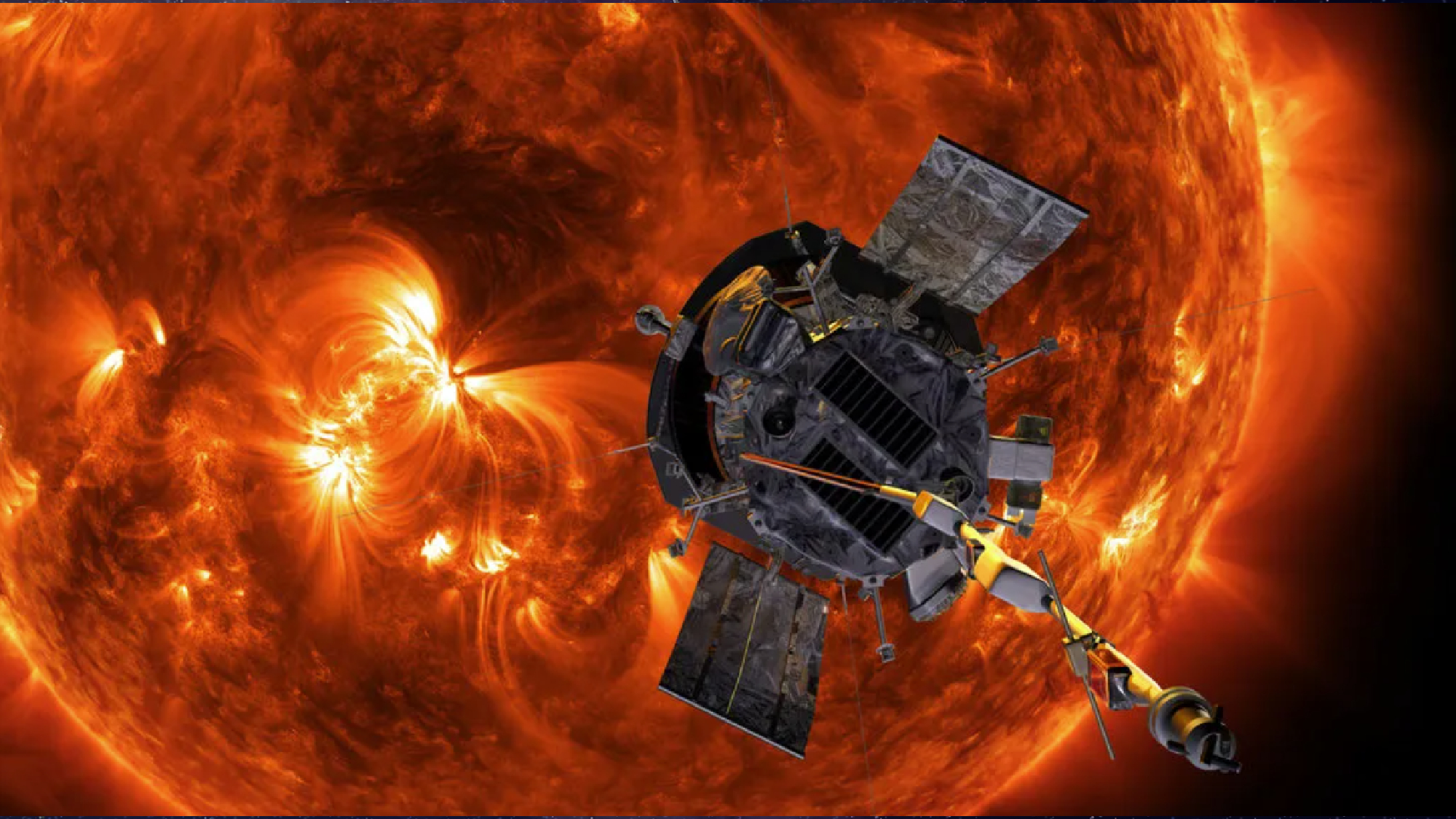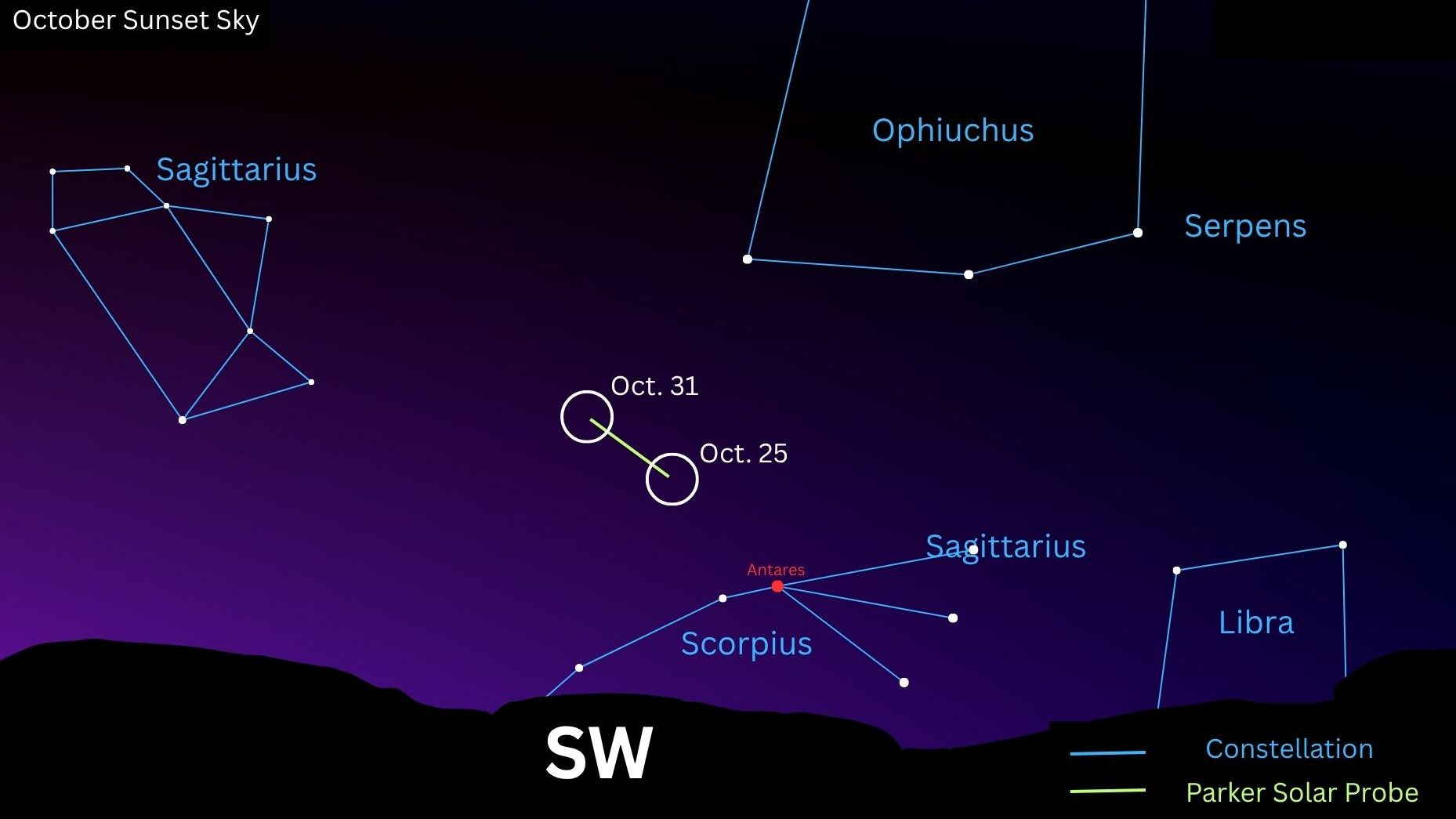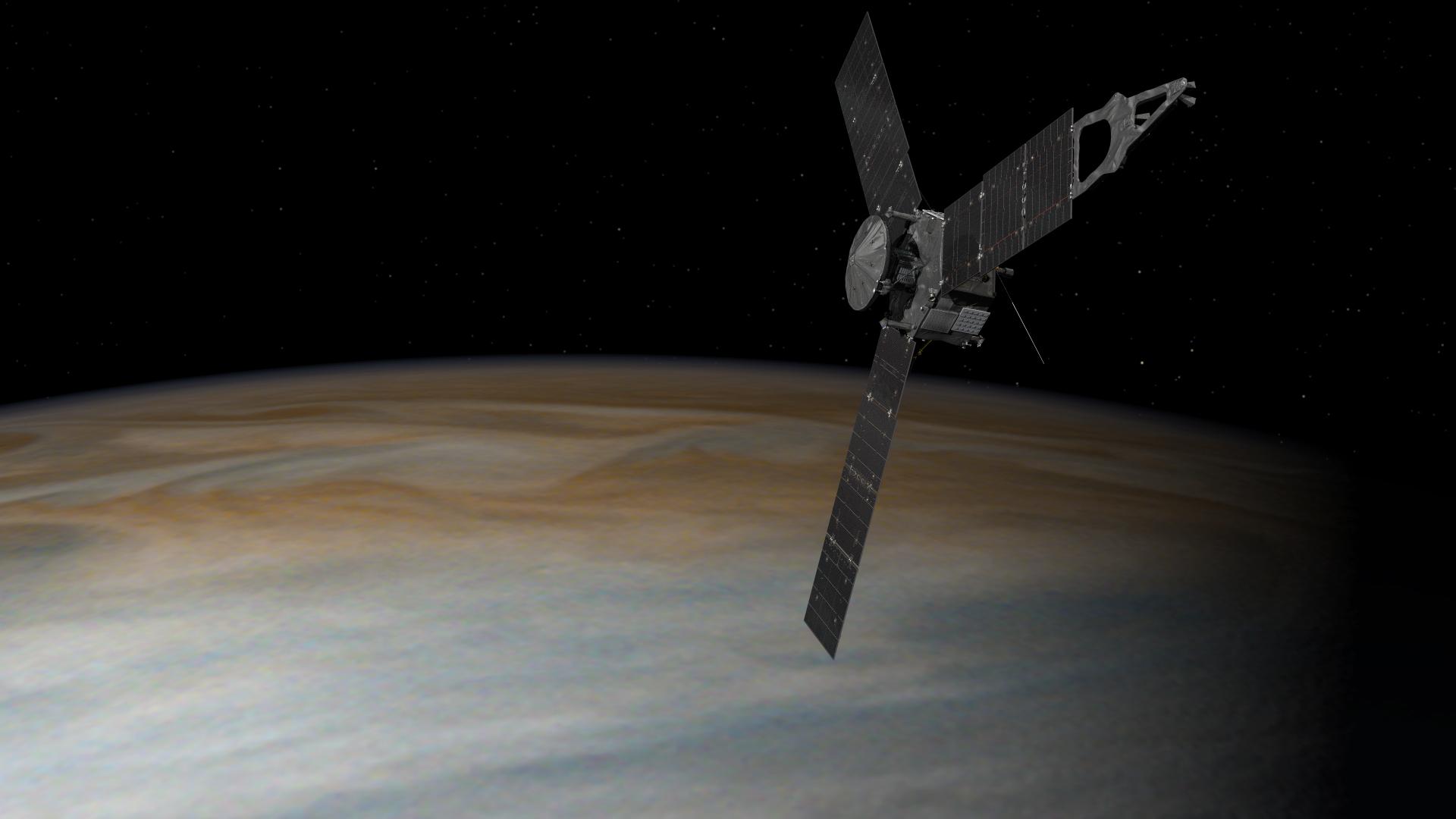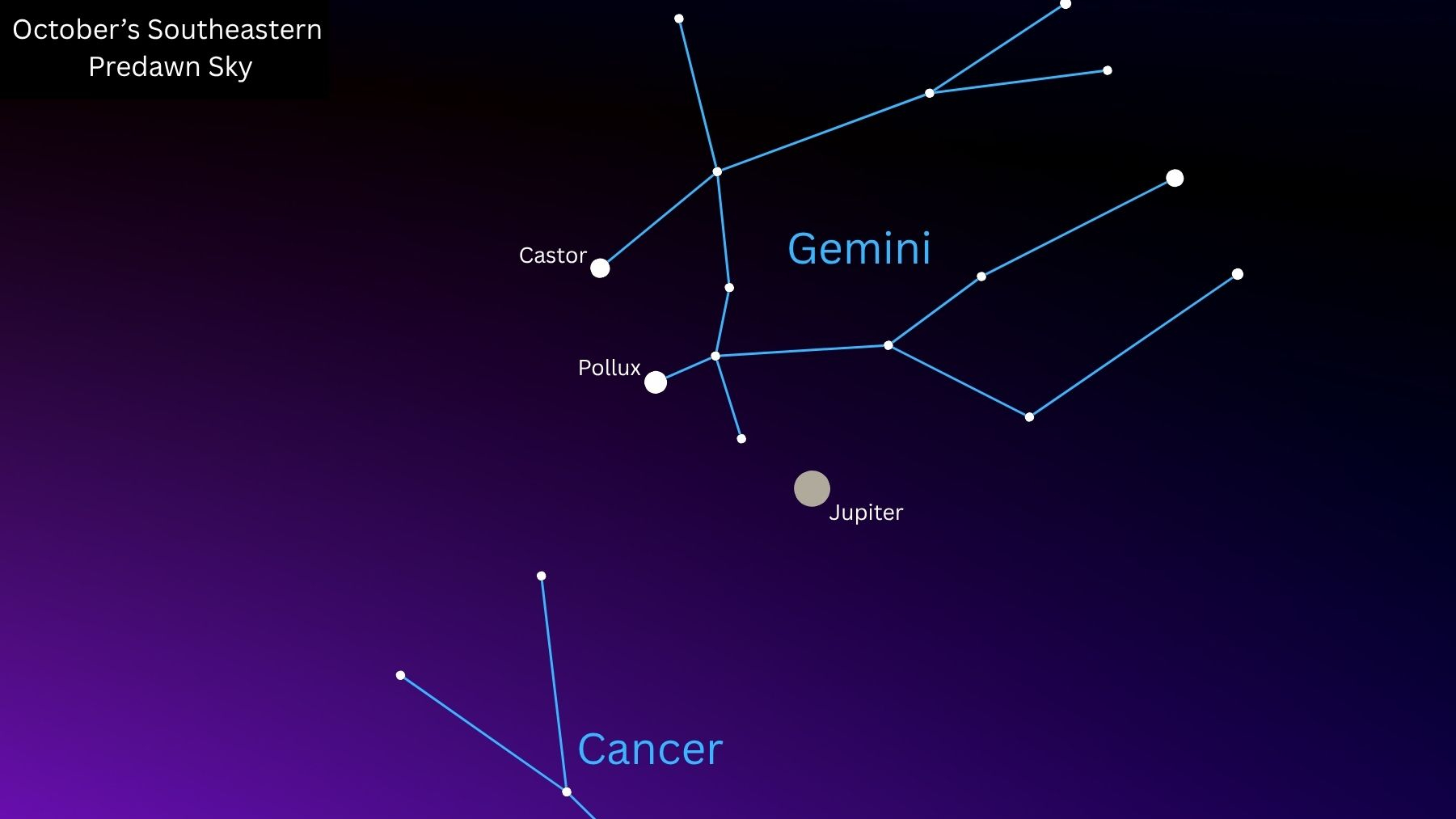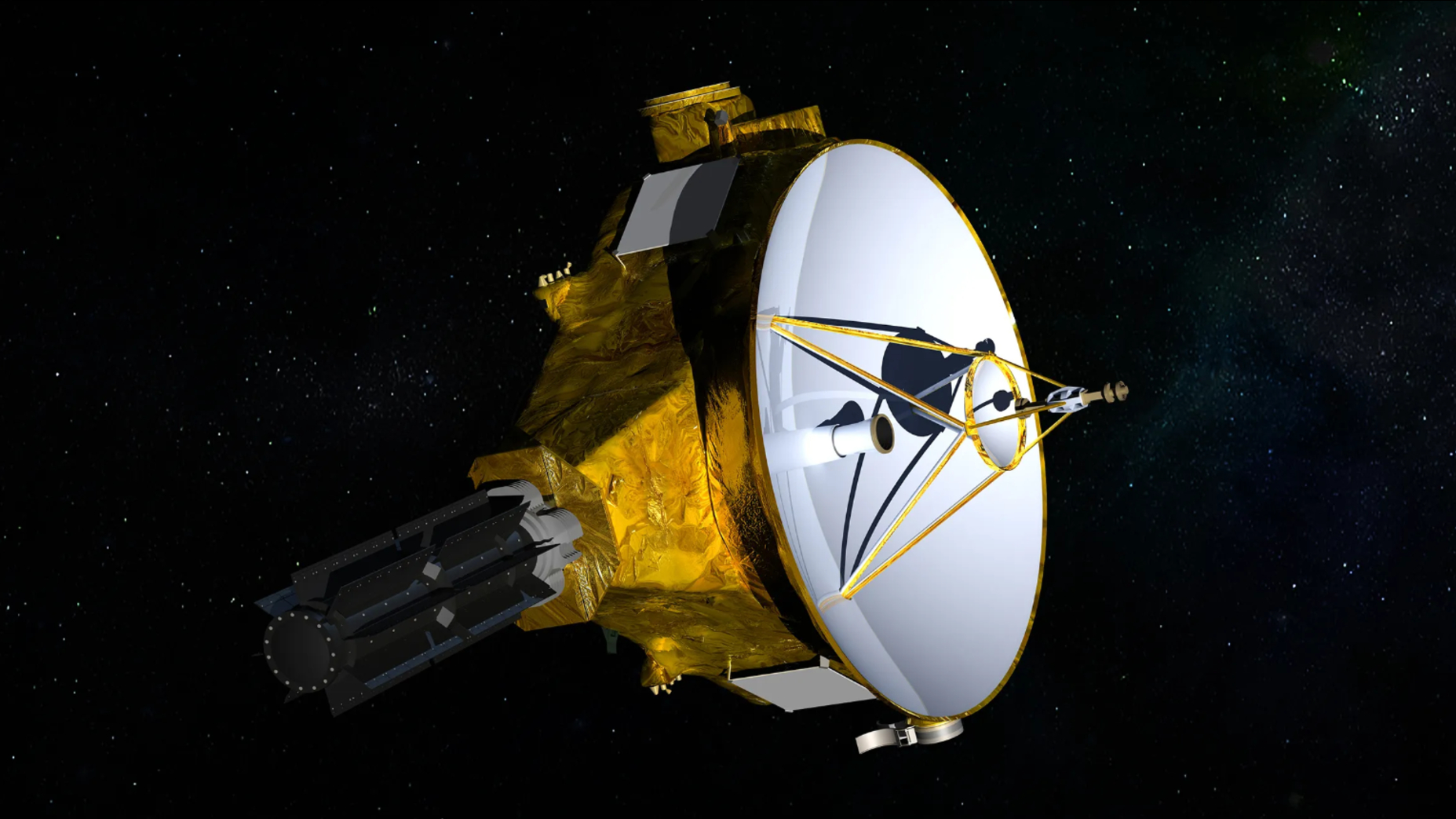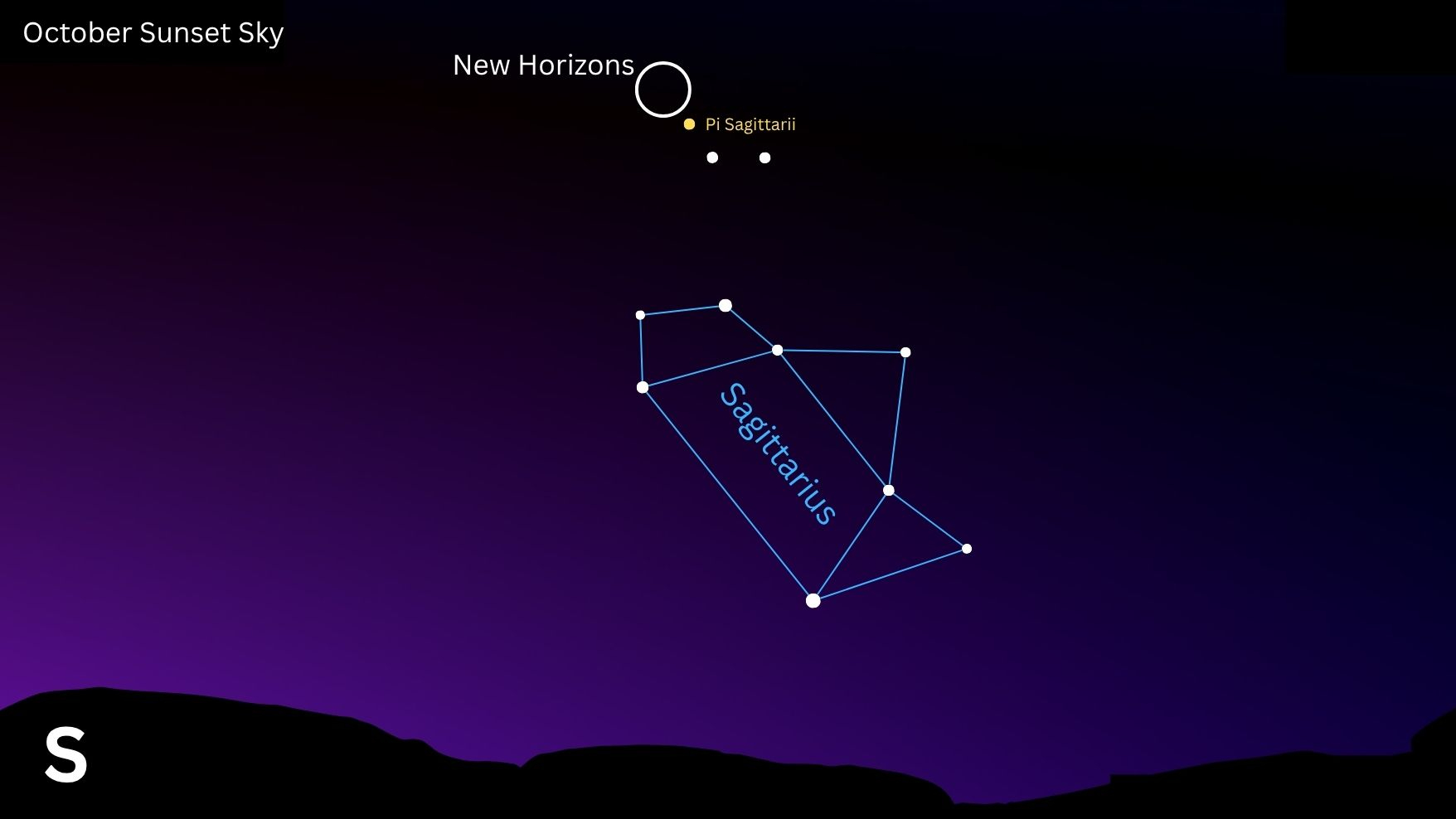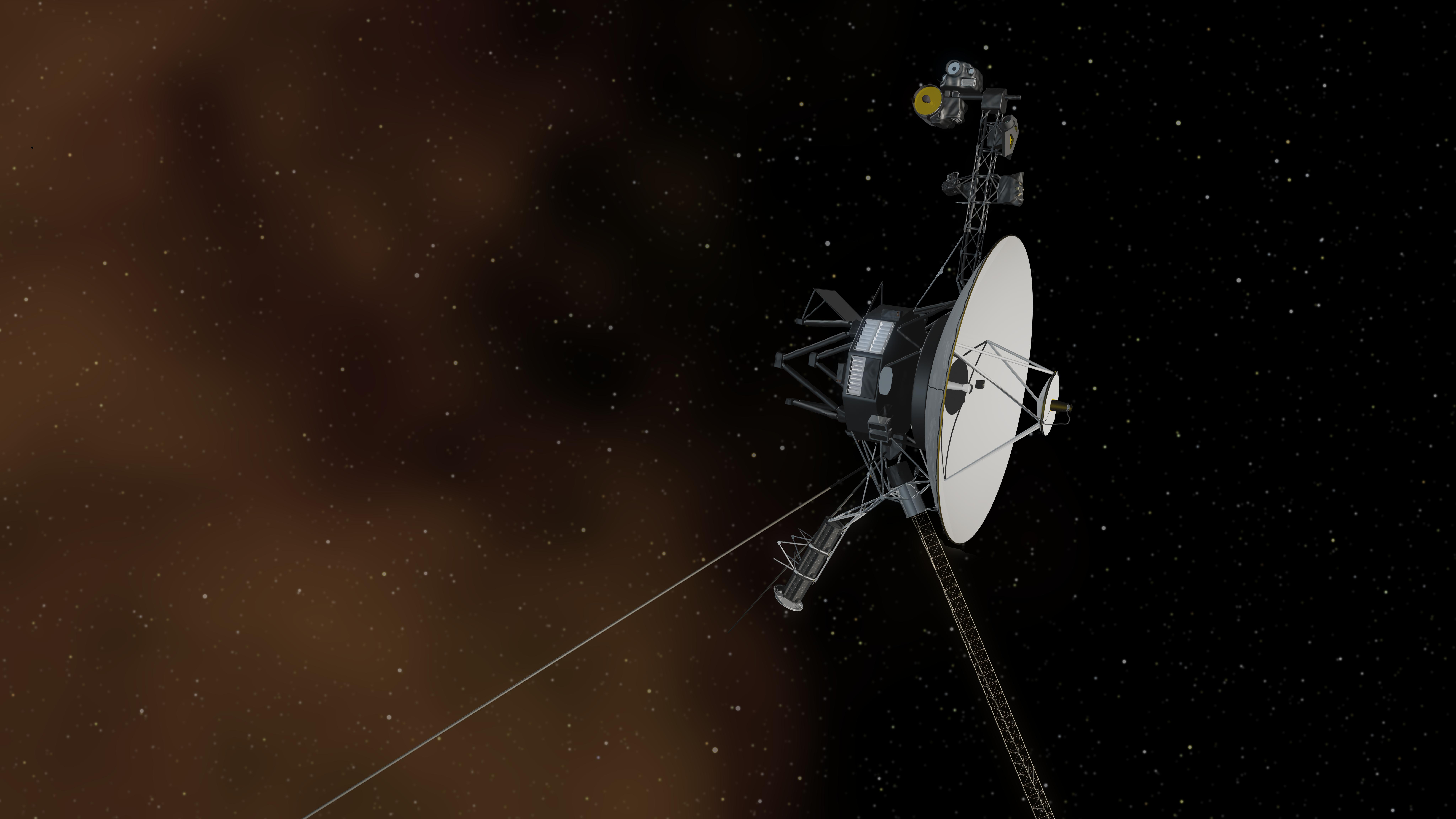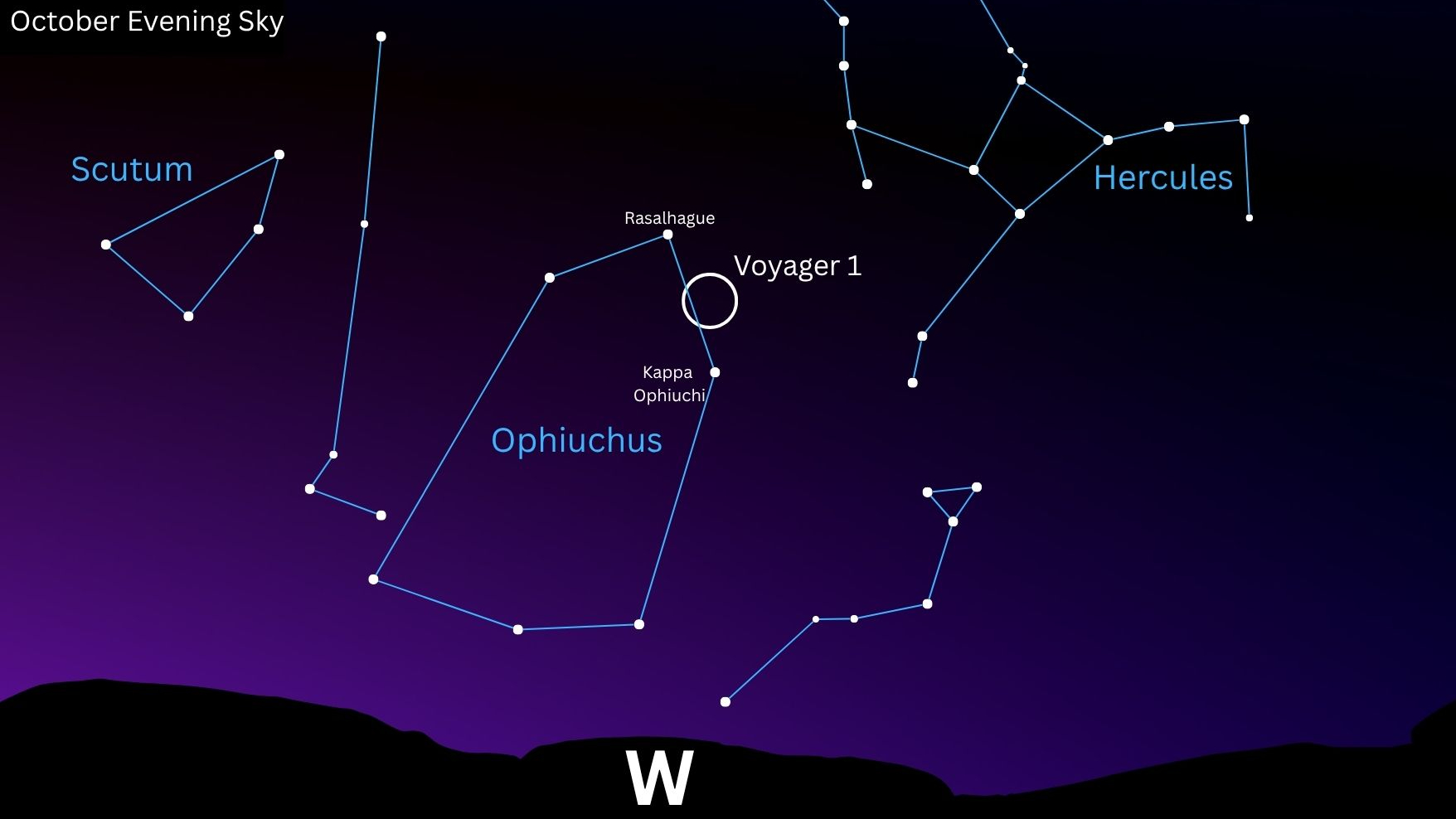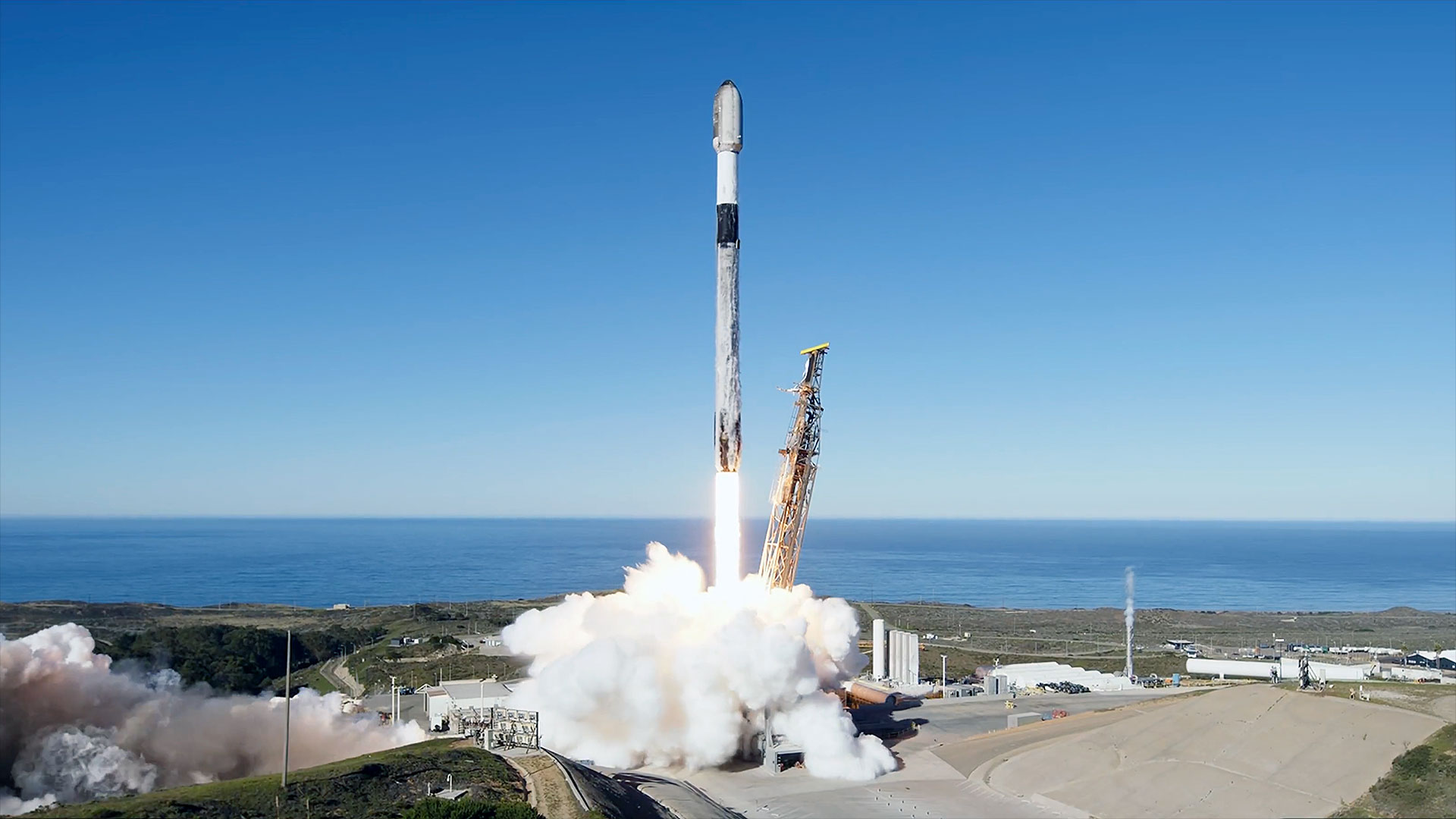Here's where the James Webb Space Telescope and 4 other legendary spacecraft are in October's night sky
Here's where 5 of NASA's most famous spacecraft can be found in the October sky.
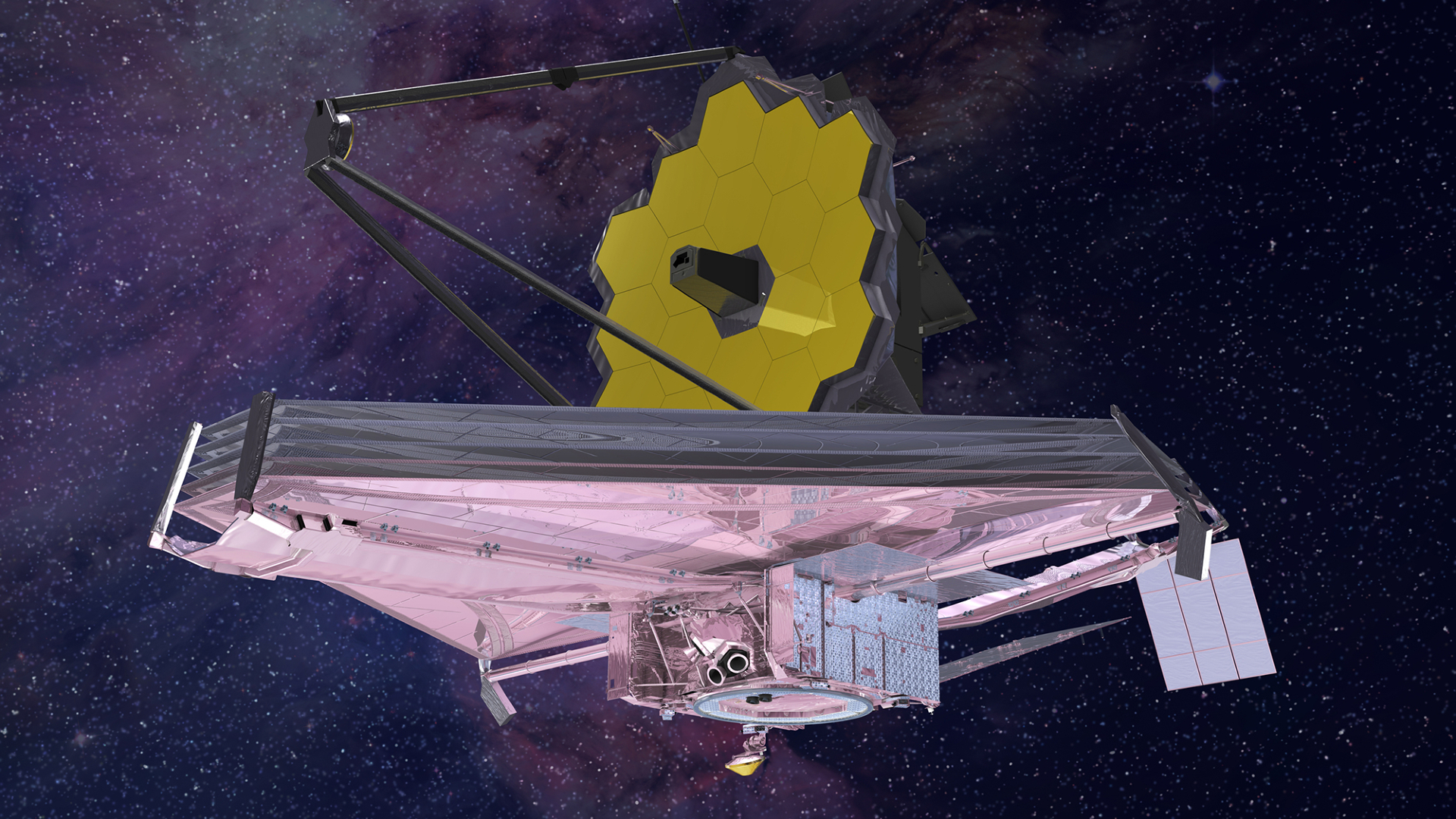
Humanity's understanding of the solar system has evolved dramatically following the advent of spaceflight. Over the past seven decades, thousands of sophisticated spacecraft have been launched on ambitious missions to look down on our planet, explore the wonders of our star's domain, or venture into the interstellar realm beyond it.
The imagery and scientific data collection by these robotic explorers has inspired generations and forever altered how we view our planet and the universe around us. As a result, spacecraft such as the James Webb Space Telescope (JWST) and the venerable Voyager 1 probe are now household names, but how many of us actually know where they are as they beam back their precious data? How many of us have peered into the areas of space where they orbit or sail through the cosmos?
Read on to discover the approximate locations of five far-flung spacecraft in the October night sky. If you're new to exploring the stars, be sure to check out our roundup of the best smartphone astronomy apps, which use augmented reality tech to help guide you to the locations of everything from stars and nebulas to galaxies, wandering comets and spacecraft.
Find the locations of famous spacecraft in the October night sky
James Webb Space Telescope — 907,000 miles (1.46 million km) from Earth
The James Webb Space Telescope launched on Christmas Day in 2021 on a mission to unravel the mysteries surrounding the creation and evolution of the cosmos. From its gravitationally stable vantage point at Lagrange Point 2, the JWST is tasked with peering into deep space to capture ancient light from the early universe and observe the formation of stars, protoplanetary systems and so much more. Check out our article detailing 12 amazing JWST discoveries to find out how the most powerful telescope ever launched is pushing the boundaries of astronomy.
To find the JWST's position in the night sky, you'll first need to locate the red star Aldebaran, which can be found half way up the eastern sky above the familiar stars of the constellation Orion around midnight in October. Next, scan the region above until you find the diffuse, hazy light of the Pleiades star cluster. Webb will be located approximately 5 degrees — roughly the width of your three middle fingers held at arm's length against the night sky — below the Pleiades and will travel closer to Aldebaran and the other stars of the constellation Taurus as the month wears on.
Remember: this guide can show you the approximate location of the spacecraft, but it is impossible to actually spot them, as they are far too small and distant for even the most powerful of telescopes to resolve.
Parker Solar Probe — 91 million miles (147.6 million km) from Earth
NASA's Parker Solar Probe became the first spacecraft to "touch" the sun on April 28, 2021, when it careened through the sun's outer atmosphere — also known as the corona — during the eighth of 24 planned close passes of our parent star. The probe has flown seven times closer to the sun than any spacecraft before while braving temperatures approaching 2,600 degrees Fahrenheit (1,300 degrees Celsius) to shed light on the plasma and magnetic field dynamics that drive the solar wind.
Breaking space news, the latest updates on rocket launches, skywatching events and more!
The patch of sky containing the Parker Solar Probe can be found low in the southwestern sky at sunset in October, though you'll need a clear view of the horizon to spot it before it sets out of view! First, find the bright star Antares in the constellation Scorpius. The Parker Solar Probe's location is roughly 5 degrees to the upper left of the red supergiant star, with the constellation Ophiuchus shining above and the distinctive "teapot" asterism of the constellation Sagittarius to its left.
NASA's Juno spacecraft — 464.8 million miles (748 million km) from Earth
The Juno spacecraft reached orbit around Jupiter in 2016 and has spent close to a decade — and several mission extensions — collecting data on both the gas giant and its many diverse moons. Its most recent mission extension expired on the same day that the current government shutdown came into effect. As a result, an ominous question mark hangs over the fate of the veteran spacecraft.
To find Juno's location, you'll first need to locate the bright stars Castor and Pollux in the constellation Gemini, which twinkles high overhead in the eastern sky during the predawn hours in October. Jupiter will be easy to find as a bright "morning star" shining steadily to the lower right of Castor and Pollux. Juno is somewhere in orbit around the planet, far too small to be seen.
New Horizons — 5.88 billion miles (9.46 billion km) from Earth
NASA's New Horizons spacecraft launched in January 2006 and after nine years travelling in space became the first human-made object to visit the dwarf planet Pluto in July 2015. The short-lived flyby transformed our understanding of the far-flung world, revealing surprising aspects of its composition, tenuous atmosphere and the nature of its largest moon, Charon. New Horizons later went on to study the Kuiper Belt object Arrokoth in 2019 and is now working to gather heliophysics data while enroute to interstellar space, which it is expected to reach sometime in the 2040s.
The patch of night sky containing New Horizons can be found by locating the famous "teapot" asterism at the heart of the constellation Sagittarius above the southern horizon in the hours following sunset in October. From a dark sky location, you may see the glowing band of the Milky Way extending overhead and running through the "spout" of the stellar teapot!
Next, look above the trapezium of stars that form the handle of the asterism and locate the star Pi Sagittarii using your smartphone astronomy app. New Horizons' location is roughly 1 degree to the upper right of this little-known star.
Voyager 1 — 15.72 billion miles (25 billion km) from Earth
Voyager 1 is the most distant human-made object ever launched and became the first spacecraft to enter interstellar space when it passed beyond the heliosphere (a giant bubble in our solar system created by the solar wind that protects the planets from cosmic rays) in August 2012, following a tour of Jupiter and Saturn. The spacecraft carries with it one of NASA's famous Golden Records, which contain a selection of greetings, images and sounds from Earth curated as both a time capsule and a method of establishing friendly first contact with any who may later find the distant probe.
Voyager 1's location in the night sky can be found by first locating the stars of the constellation Ophiuchus close to the western horizon in the hours following sunset in October. Next, locate the highest point of light in the constellation — the binary star system Rasalhague — and its neighbor Kappa Ophiuchi to the lower right. Voyager 1's approximate position lies half way along the imaginary line connecting these two stellar giants.
Editor's Note: If you would like to share your astrophotography with Space.com's readers, then please send your photo(s), comments, and your name and location to spacephotos@space.com.
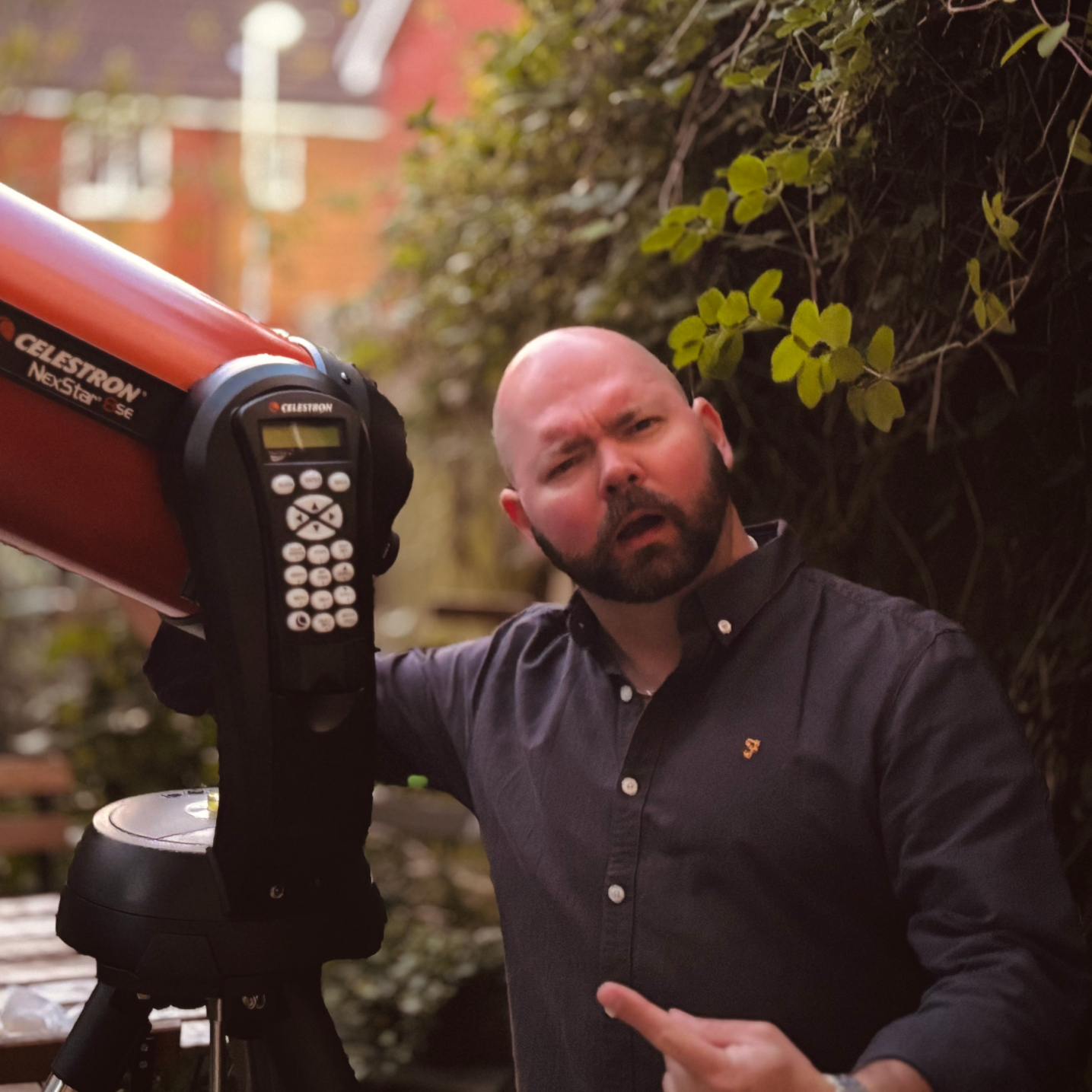
Anthony Wood joined Space.com in April 2025 after contributing articles to outlets including IGN, New Atlas and Gizmodo. He has a passion for the night sky, science, Hideo Kojima, and human space exploration, and can’t wait for the day when astronauts once again set foot on the moon.
You must confirm your public display name before commenting
Please logout and then login again, you will then be prompted to enter your display name.
